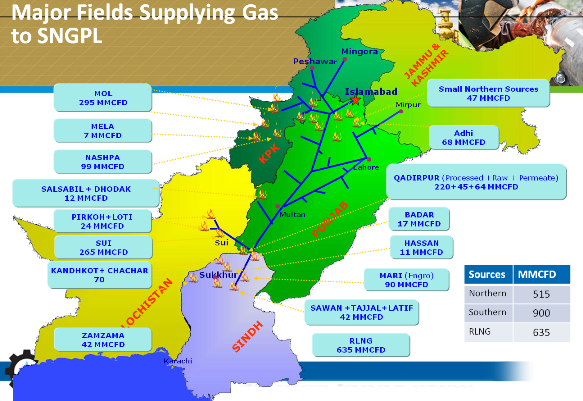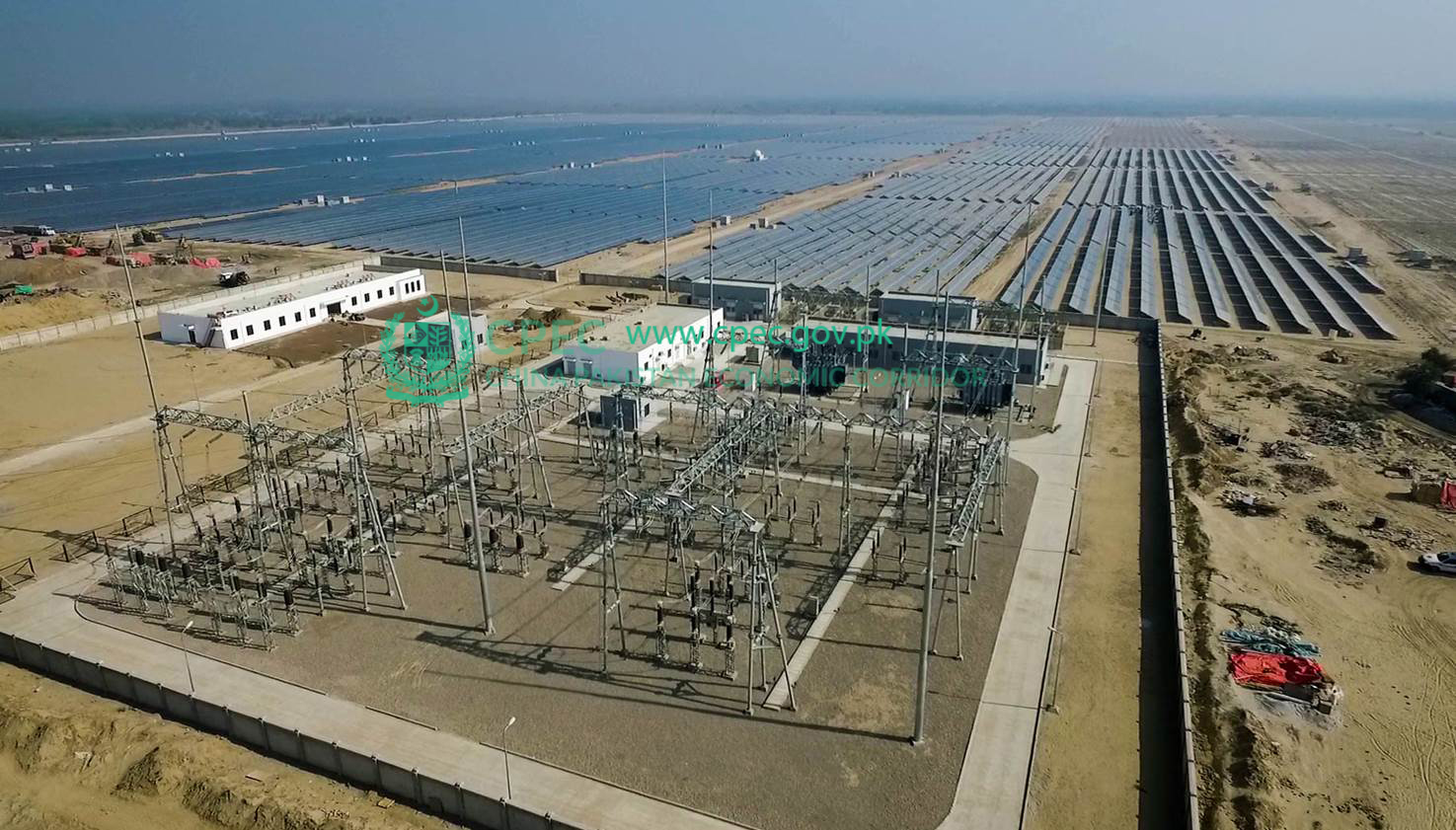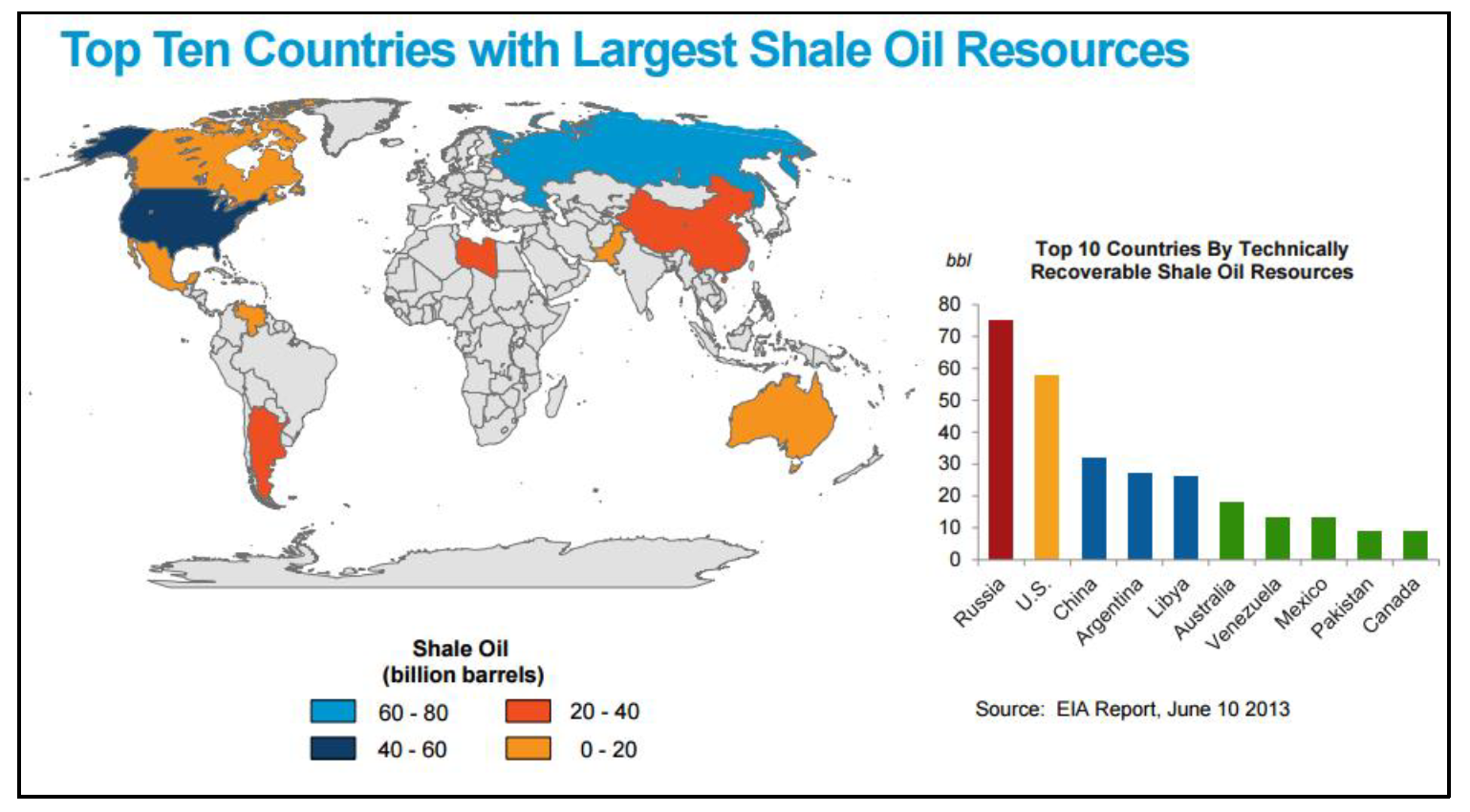
Editor's note: This is Part-I of the Manifesto Series that analyzes the manifestos of the three leading parties in GE 2018 i.e. PPP, PML-N and PTI. This part discusses Energy planning of all three parties. The next part will Water planning. The series will also analyze Trade and Infrastructure promises of these parties in the latter articles, and the final one will discuss Economy.
Power energizes growth and transformation. Pakistan was facing severe energy and power crisis back in 2013. There was a need to rethink about reforming energy sector through serious and forward looking approach. It was essential to address fundamental issues in power sector i.e. unfavorable energy prices and increasing circular debt.
Current situation of power generation in Pakistan
Evaluation of Pakistan's current status is imperative to determine its needs and how to address them. Considerably, power shortage rate has declined, evident through generation and transmission of 20700MW of power in 2018 - through addition of 11000MW (LNG: 6800 COAL: 2650, RENEWABLE: 1500, NUCLEAR&HYDRO: 600). Lowest cost power through shut down/replacement of 2100MW in inefficient plants in order to decrease generation costs. Furthermore, it was ensured through transition to cheaper fuel sources (LNG, Coal, hydro), linking feeder level losses to reduce theft and power cost.
PTI focuses primarily on improving the management of the system
PML-N introduced 'Roshan Pakistan' program. System-wide efficiency improved as a result of these efforts. Furthermore, transmission and distribution choke points improved by investing in infrastructure. PTI aims to complete electrification of rural areas, solve circular debt through reducing transmission and theft losses, and implement plans to harness natural resources towards a greater energy mix as identifies (i) losses (ii) system inefficiencies (iii) management competence and (iv) power theft; all contributing to circular debt problem.
How PTI intends to meet energy challenge
To meet Pakistan's energy challenge, PTI will: (i) shift away from rent-seeking models (ii) complete rural electrification through renewable and off-grid solutions (iii) transition towards 'power-exchange', allowing more efficient technologies to get precedence in dispatches (iv) continue support of expansion and utilization of indigenous coal and (iv) Revive oil and gas exploration.

PPP's 4-point strategy
PPP has formed a 4-point strategy for addressing energy requirements of a growing population and economy on a sustainable basis by providing adequate, affordable and cleaner energy to all: (i) diversification of energy mix (ii) prioritizing efficiency and conservation (iv) revamping transmission and distribution and lastly, (v) rationalizing oil and gas policies.
Both, PTI and PPP do provide a plan which consists of programs to solve the crisis and ensuring power utilization. However, it is important to compare the progress in order to determine the strategically important factors which are interlinked with other sectors.
Analyzing PML-N's promises to transition Pakistan from sufficiency to efficiency
PML-N has named the Electricity section as 'power to the poor', as it seeks to provide electricity universally through on and off grid solutions. Furthermore, balanced portfolio of green energy and indigenous resources need to be created in order to ensure sustainability and decrease economic burden of illnesses as PML-N also successfully managed to reduce carbon print whereby increasing green energy share (wind, solar biogas) from 0.5% to 5%. PML-N promises to transition Pakistan from sufficiency to breakthrough efficiency, affordability and sustainability. The respective sub-section provides plans for initiatives through 'More power to the poor, ubiquitous power, lowest cost to end customer, Go-Green, Meet Customer needs and enhance services'; All these sections with comprehensive pointers effectively cover the line of agendas upon which PPP and PTI have promised to deliver in future. Natural resources are considered as important source of development.

PPP to ensure sense of local ownership
PPP's manifesto states that initiatives risk being stalled due to economic distortions, unsustainable usage and weak mechanisms i.e., the prevailing concerns which PPP identified as causes for pricing policy issues and slowing of economic development. Accordingly, PPP seeks to handle the resources with transparency and sensitivity as they are located in some of least privileged regions. PPP intends to benefit from its experience of Thar coal project further through the innovative way of ensuring sense of local ownership for purpose of development of new resources under a new strategy to work upon natural resources development: Formation of representative company, royalty and implementation of Article 173 which depicts PPP's endeavor to instill awareness and has proved that it possesses the means to ensure that the aim is achieved in terms of empowerment and poverty reduction.
Energy security cornerstone of Pakistan's growth and prosperity
PML-N terms energy security as cornerstone of Pakistan's growth and prosperity. Track record of PML-N is as follows: Energy gap reduced remarkably through new and re-gasification terminals which energized people out of poverty (2M domestic), energized 3000 SME's with gas - hence, generating mass employment and, increased competitiveness. Furthermore, pervasive relief (2bdcf to 700mmcdf) through reliable transmission and distribution (Completed: 1681KM transmission pipeline, 19462KM distribution pipeline, established 6500KM service infrastructure). PML-N promises to improve the existing infrastructure optimizing energy, provision of energy coupons and reducing unaccounted for Gas (UFG) through its program of universal access i.e., expanding distribution, creating distributed environment, friendly off-grid solutions for remote areas. These plans are based on programs which include: Double transmission capacity through South-North and Gwadar-Nawabshah, replacing pipelines, expanding distribution system through domestic unleashing of actions: commercializing (Thar), resolving (RekoDiq), developing (Chiniot Iron) and exploring (shale potential).

How the three compare?
PML-N has been exemplary as it seeks to create a world class infrastructure through its radical power agenda. PPP has the experience of Federal and Provincial which helps it putting forth plans through effective programs. PTI also seeks to establish itself as contemporary and a contender based on projects like small dams and tree tsunami to build an image despite the fact that most important deterministic function of regulation mechanism is being actively pursued more extensively by PML-N, followed by PPP to a lesser extent.
Power energizes growth and transformation. Pakistan was facing severe energy and power crisis back in 2013. There was a need to rethink about reforming energy sector through serious and forward looking approach. It was essential to address fundamental issues in power sector i.e. unfavorable energy prices and increasing circular debt.
Current situation of power generation in Pakistan
Evaluation of Pakistan's current status is imperative to determine its needs and how to address them. Considerably, power shortage rate has declined, evident through generation and transmission of 20700MW of power in 2018 - through addition of 11000MW (LNG: 6800 COAL: 2650, RENEWABLE: 1500, NUCLEAR&HYDRO: 600). Lowest cost power through shut down/replacement of 2100MW in inefficient plants in order to decrease generation costs. Furthermore, it was ensured through transition to cheaper fuel sources (LNG, Coal, hydro), linking feeder level losses to reduce theft and power cost.
PTI focuses primarily on improving the management of the system
PML-N introduced 'Roshan Pakistan' program. System-wide efficiency improved as a result of these efforts. Furthermore, transmission and distribution choke points improved by investing in infrastructure. PTI aims to complete electrification of rural areas, solve circular debt through reducing transmission and theft losses, and implement plans to harness natural resources towards a greater energy mix as identifies (i) losses (ii) system inefficiencies (iii) management competence and (iv) power theft; all contributing to circular debt problem.
How PTI intends to meet energy challenge
To meet Pakistan's energy challenge, PTI will: (i) shift away from rent-seeking models (ii) complete rural electrification through renewable and off-grid solutions (iii) transition towards 'power-exchange', allowing more efficient technologies to get precedence in dispatches (iv) continue support of expansion and utilization of indigenous coal and (iv) Revive oil and gas exploration.

PPP's 4-point strategy
PPP has formed a 4-point strategy for addressing energy requirements of a growing population and economy on a sustainable basis by providing adequate, affordable and cleaner energy to all: (i) diversification of energy mix (ii) prioritizing efficiency and conservation (iv) revamping transmission and distribution and lastly, (v) rationalizing oil and gas policies.
Both, PTI and PPP do provide a plan which consists of programs to solve the crisis and ensuring power utilization. However, it is important to compare the progress in order to determine the strategically important factors which are interlinked with other sectors.
Analyzing PML-N's promises to transition Pakistan from sufficiency to efficiency
PML-N has named the Electricity section as 'power to the poor', as it seeks to provide electricity universally through on and off grid solutions. Furthermore, balanced portfolio of green energy and indigenous resources need to be created in order to ensure sustainability and decrease economic burden of illnesses as PML-N also successfully managed to reduce carbon print whereby increasing green energy share (wind, solar biogas) from 0.5% to 5%. PML-N promises to transition Pakistan from sufficiency to breakthrough efficiency, affordability and sustainability. The respective sub-section provides plans for initiatives through 'More power to the poor, ubiquitous power, lowest cost to end customer, Go-Green, Meet Customer needs and enhance services'; All these sections with comprehensive pointers effectively cover the line of agendas upon which PPP and PTI have promised to deliver in future. Natural resources are considered as important source of development.

PPP to ensure sense of local ownership
PPP's manifesto states that initiatives risk being stalled due to economic distortions, unsustainable usage and weak mechanisms i.e., the prevailing concerns which PPP identified as causes for pricing policy issues and slowing of economic development. Accordingly, PPP seeks to handle the resources with transparency and sensitivity as they are located in some of least privileged regions. PPP intends to benefit from its experience of Thar coal project further through the innovative way of ensuring sense of local ownership for purpose of development of new resources under a new strategy to work upon natural resources development: Formation of representative company, royalty and implementation of Article 173 which depicts PPP's endeavor to instill awareness and has proved that it possesses the means to ensure that the aim is achieved in terms of empowerment and poverty reduction.
Energy security cornerstone of Pakistan's growth and prosperity
PML-N terms energy security as cornerstone of Pakistan's growth and prosperity. Track record of PML-N is as follows: Energy gap reduced remarkably through new and re-gasification terminals which energized people out of poverty (2M domestic), energized 3000 SME's with gas - hence, generating mass employment and, increased competitiveness. Furthermore, pervasive relief (2bdcf to 700mmcdf) through reliable transmission and distribution (Completed: 1681KM transmission pipeline, 19462KM distribution pipeline, established 6500KM service infrastructure). PML-N promises to improve the existing infrastructure optimizing energy, provision of energy coupons and reducing unaccounted for Gas (UFG) through its program of universal access i.e., expanding distribution, creating distributed environment, friendly off-grid solutions for remote areas. These plans are based on programs which include: Double transmission capacity through South-North and Gwadar-Nawabshah, replacing pipelines, expanding distribution system through domestic unleashing of actions: commercializing (Thar), resolving (RekoDiq), developing (Chiniot Iron) and exploring (shale potential).

How the three compare?
PML-N has been exemplary as it seeks to create a world class infrastructure through its radical power agenda. PPP has the experience of Federal and Provincial which helps it putting forth plans through effective programs. PTI also seeks to establish itself as contemporary and a contender based on projects like small dams and tree tsunami to build an image despite the fact that most important deterministic function of regulation mechanism is being actively pursued more extensively by PML-N, followed by PPP to a lesser extent.
